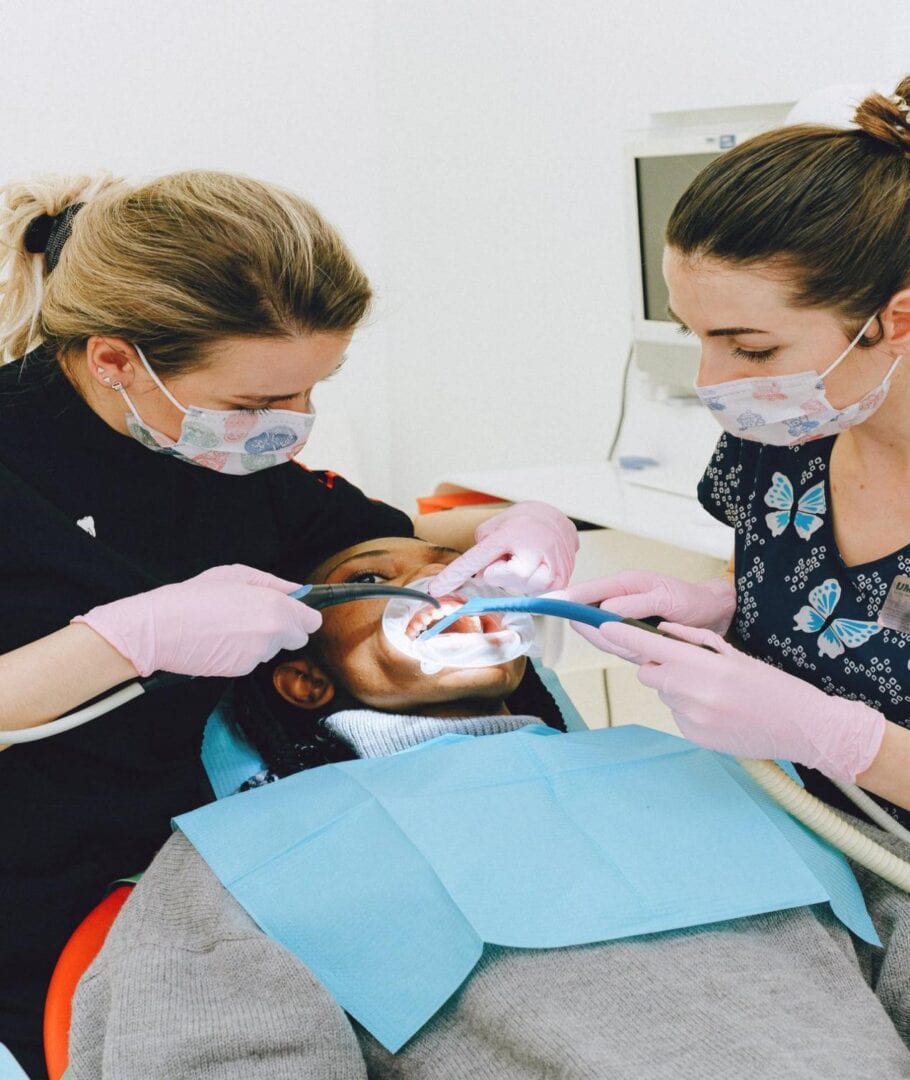Periodontal disease is an infection of the gum and bones that hold your teeth in place. It is the result of poor brushing and flossing habits. Poor oral hygiene allows sticky films of bacteria (plaque) to build up and harden around the lower parts of the teeth.
Periodontal disease is the general term used for gum disease, which ranges from the mild form (gingivitis) to a serious gum infection (periodontitis). Gingivitis is the inflammation of the gums. Whilst periodontitis characterizes sore, bleeding gums that can lead to tooth loss in adults.
Read on to know more about gum disease, the symptoms, causes, treatment and how to prevent it.
Table of Contents
ToggleWhat is periodontal disease?
The term periodontal is a combination of the words, perio and dontal, which means “around” and “teeth” respectively. Plaque is the number one cause of gum disease. It is a film of bacteria that sticks around the lower parts of your teeth and usually spread below the gum line.
The bacteria produce toxins that damage the gum tissues and the bone structure that holds your teeth. If left untreated, your teeth can become loose and may eventually lead to the loss of your teeth.
Periodontal disease is a major cause of tooth loss in adults. And since gum disease is often painless, you won’t notice that it slowly develops into a serious gum infection.
What causes periodontal disease?
Your mouth naturally harbours bacteria. These bacteria feed on the sugar and starch from the food you eat. Bacteria, along with mucus, form a sticky, colourless film (plaque) around the lower parts of your teeth each day.
Interestingly, what causes most of the problem is your body’s response to the bacteria infection inside your mouth. To fight the bacteria, your immune system releases substances that cause the affected gums to swell. The swelling eventually damages your gum tissues, alveolar bone or periodontal ligament.
If the plaque is not removed through brushing and flossing, it will harden and become tartar.
Since tartar is rougher than the tooth enamel (or the layer that covers the tooth root), more plaque will attach to it. The buildup continues in a downward spiral, which makes tartar removal more difficult.
Only professional cleaning by a dental hygienist or dentist can remove tartar.
What are some of the early warning signs of periodontal disease?
Bleeding on the gums after brushing your teeth can be one of the early warning signs that you have gum disease.
Gingivitis is the mild and early stage of periodontal disease that only affects the gums. If left untreated, it progresses into periodontitis, in which the infection can spread below the gum line and into the alveolar bone.
Here are other periodontal disease symptoms you should look out for so you can treat the problem in its early stage:
- Bad breath. Your mouth is home to millions of bacteria that feed on plaque. The more plaque you have, the more and more bacteria release toxins that cause bad breath. These toxins also irritate your teeth and gums.
- Red, swollen gums. This is one of the early signs of gum disease, which usually starts with redness and swelling along the gum line. The infected gum tissues feel tender or painful to the touch. Also, they bleed easily when you brush or floss.
- Gums that shrink. If you noticed your teeth looked longer than they used to, chances are your gums are shrinking and are often referred to as receding gums.
As the bone that holds your teeth starts to break down, the gums also start to pull away or separate from the tooth and thus creates spaces between teeth and gums called “periodontal pockets”.

- Sensitive teeth go hand in hand with shrinking gums. As your gums shrink, the sensitive part of the tooth (dentin) is exposed. Dentin is sensitive to air and water. This is the reason why sipping cold drinks makes you wince.
Periodontal Disease Treatment
The main goal of periodontal disease treatment is to control the bacterial infection within your gums.
- Medications
Medications are prescribed as part of periodontal disease treatment. They do not directly cure gum disease.
Common medications for gum disease are:
- Oral antibiotics
- Enzyme suppressant
- Antiseptic chip or antibiotic microspheres
- Antibiotic gel
-
Deep cleaning
Careful, in-depth cleaning is the first line of treatment for periodontal disease. In comparison, deep cleaning goes under the gum line whilst regular cleaning is only done above the gum line.
Under deep cleaning, your dentist may perform scaling and root planing. Scaling is scraping off tartar both below and above the gum line. Whilst root planing is smoothing out the rough surface of the tooth root. This process can help the gums reattach to your tooth.
-
Surgery
Surgery may be needed if the whole problem isn’t solved with deep cleaning. Recommended surgeries are gum graft surgery and flap surgery.
Gum graft surgery is the process of taking some tissues from another part of your mouth. These tissues are then used to cover your exposed tooth roots. This process helps prevent sensitive teeth and bone decay.
On the other hand, flap surgery is the process of lifting some of your gums so that your surgeon can remove tartar underneath the gum line. Your gums are then returned into place and stitched tightly around the tooth. This prevents more tartar from forming back.
What happens if the periodontal disease goes untreated?
The early signs of gum disease are inflammation and bleeding caused by a bacterial infection. Severe bacterial infection can cause the teeth to loosen and it may lead to tooth loss in adults.
Plaque build-up leads to the inflammation or the redness and swelling of your gums. As the inflammation worsens, the gum tissues are detached from your tooth and thus form a “pocket”, which is the space between the gums and the tooth.
If gum disease goes untreated, the infection can spread and damage the tooth’s surrounding tissues. It also damages the bone structure that holds your teeth.
Prevent Gum Disease by Visiting Your Family Dentist in Mt. Waverley
A visit to your dental hygienist involves examining your gums and looking for signs of inflammation. You may also be asked about your health problems or medical history. This is crucial since it aims to identify any condition or risk factors that could be instrumental to gum disease.
And according to the National Institute of Dental and Craniofacial Research, gum disease can increase the risk of lung disease, heart disease, diabetes and stroke.
Don’t let your gum disease go untreated. Contact us or book an appointment online for your next visit to a dental professional in Mt. Waverley.








